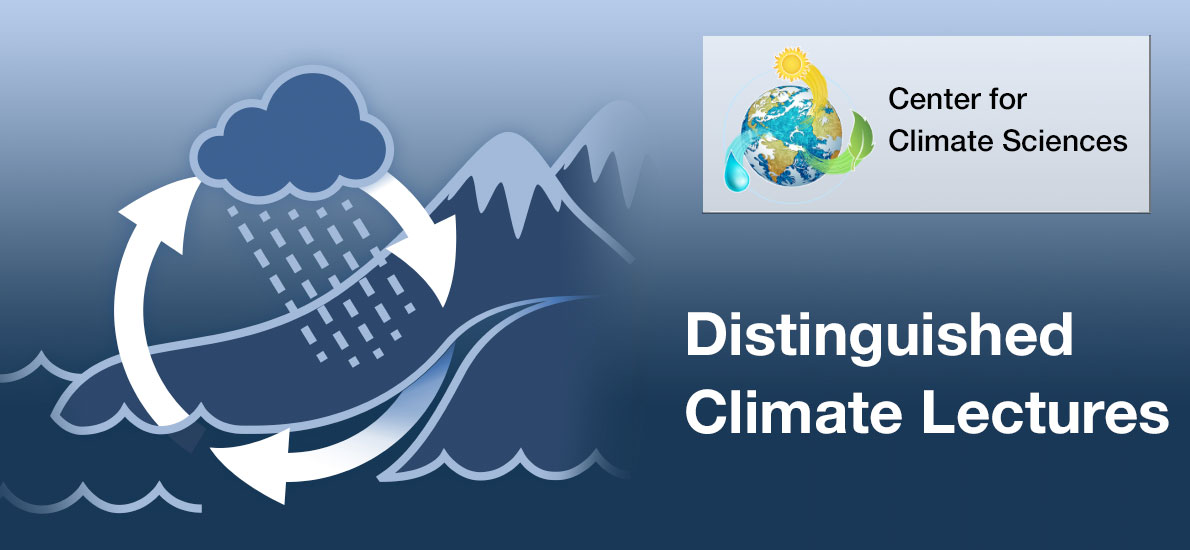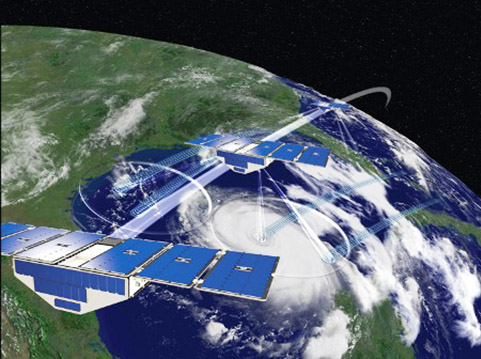Seminars
NASA Cyclone Global Navigation Satellite System (CYGNSS) Earth Venture Mission
March 17, 2023
| 180-101 conference room (in person) & WebEx, 2:30 pm PT
› view lecture

About this Lecture

Several recent technological revolutions have converged to make possible a new paradigm in spaceborne Earth observations. One is the miniaturization of low power, high performance digital electronic systems, largely driven by commercial products like smart phones and laptops. Another is the rise of cubesats and their transition from educational student projects to highly capable, high reliability small satellites. The third revolution is one of perception. Until recently, major space organizations such as NASA, NOAA, DoD, ESA, and the private sector tended not to view smallsats as a serious part of the toolkit of technologies available to meet their core objectives. But that perception has changed. Not only are smallsats becoming a mainstream element of spaceborne technology, they are enabling new types of measurements and new science and applications that would not otherwise be possible. One example of this is the ability to resolve short time scale geophysical processes such as extreme weather events, made possible by placing large constellations of smallsats in low Earth orbit.
The CYGNSS constellation of eight microsatellites was successfully launched in December 2016 into a low inclination Earth orbit. Each satellite carries a bistatic radar receiver that measures signals transmitted by Global Positioning System (GPS) satellites and scattered back into space from the surface. Over ocean, wind speed and air-sea heat flux are measured. Over land, measurements of soil moisture, flood inundation, wetland extent, and river width and slope are made. An overview and current status of the mission will be presented, together with highlights of recent science and applications results.
About

Chris Ruf is the Fredrick Bartman Collegiate Professor of Climate and Space Science at the University of Michigan and Principal Investigator of the NASA Cyclone Global Navigation Satellite System (CYGNSS) mission. His research interests include remote sensing methods, atmospheric and oceanographic applications, and sensor technology development. Prof. Ruf served on the U.S. National Academies 2006 and 2016 Earth Science Decadal Survey Panels. He is also a member of the United Nations UNESCO Task Force on the Remote Sensing of Marine Litter and Debris, is former Editor-in-Chief of the IEEE Transactions on Geoscience and Remote Sensing and is a Fellow of the IEEE.
